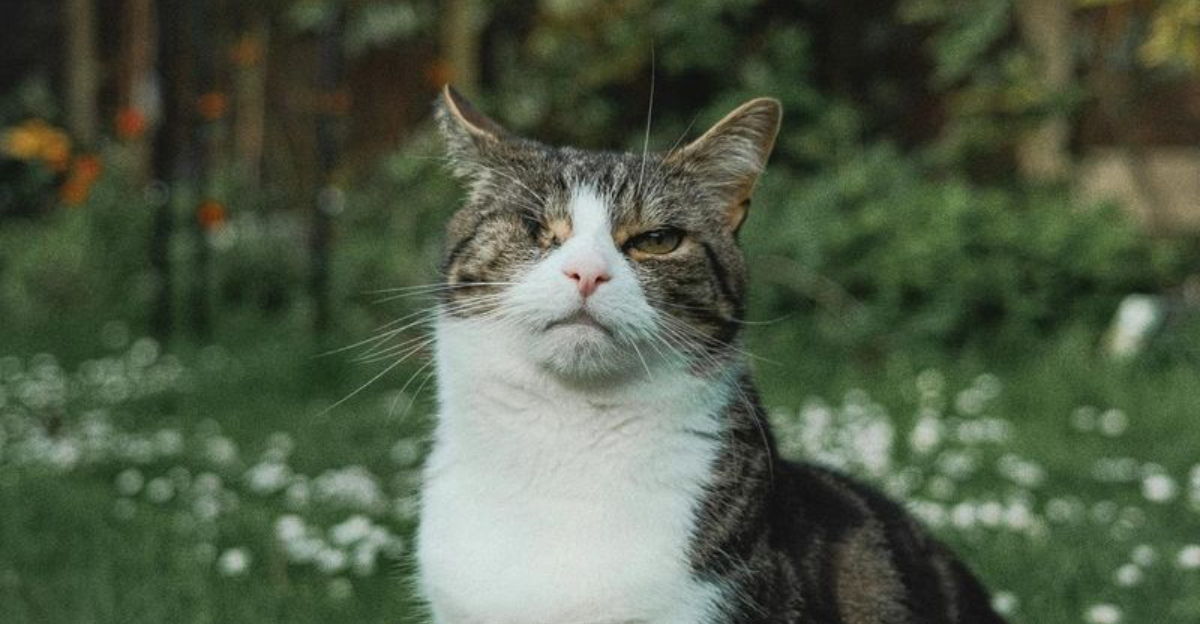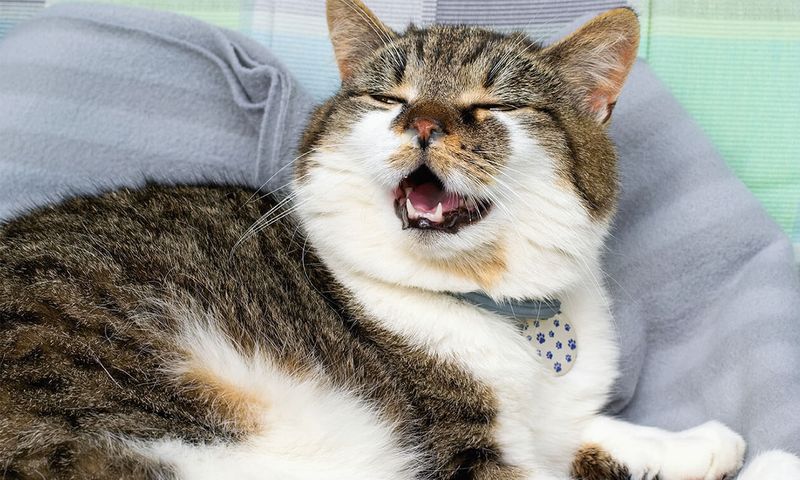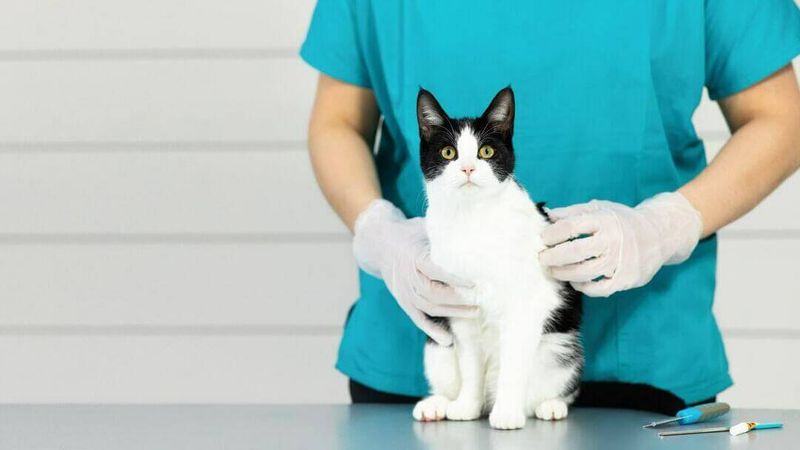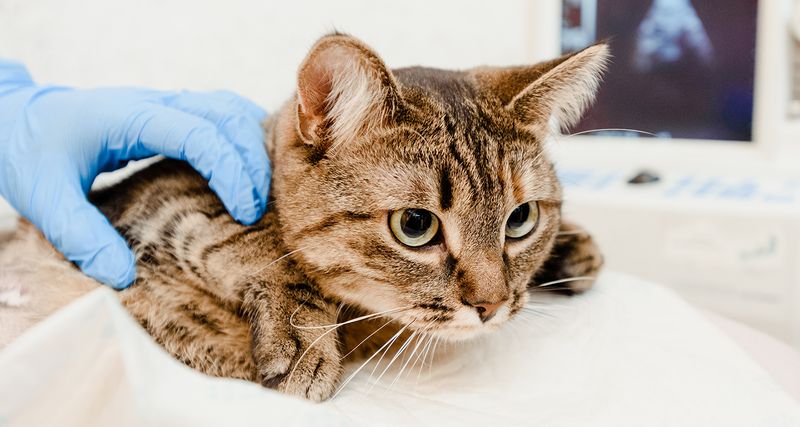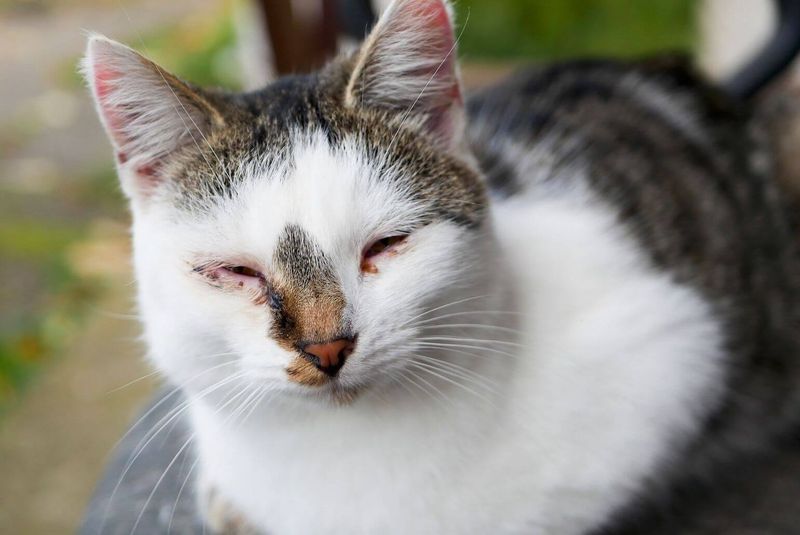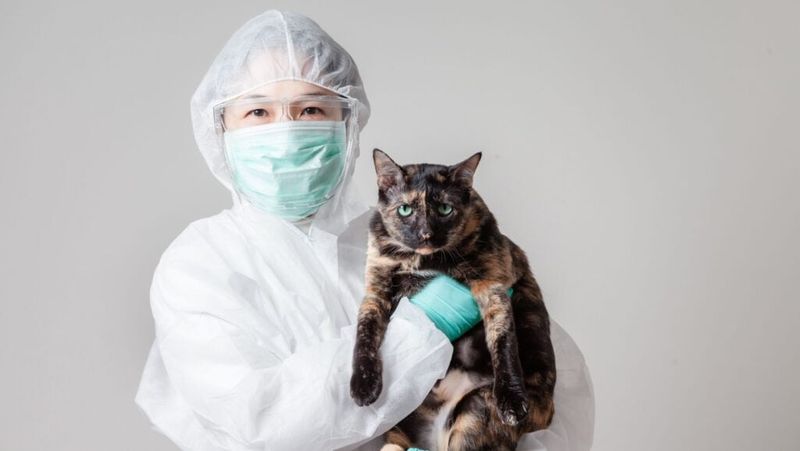📖 Table of Content:
Cat flu, often underestimated, is a serious and highly contagious illness that can affect cats of all ages. While it resembles the common cold in humans, its impact on feline health can be much more severe, especially for kittens, senior cats, or those with weakened immune systems. Recognizing the early signs and understanding the broader implications of cat flu can make a significant difference in ensuring your pet’s long-term health.
Unlike other minor illnesses, cat flu can lead to prolonged suffering, chronic conditions, or even life-threatening complications if not treated properly. Cat owners should be aware that while some cats recover quickly, others may face persistent respiratory issues or eye problems throughout their lives. Awareness, timely intervention, and preventive measures are key to managing this disease effectively.
In this article, we break down the essential facts you need to know about cat flu, covering symptoms, causes, transmission, diagnosis, treatments, home care, long-term effects, and prevention. By the end, you’ll be equipped with the knowledge to spot potential dangers early and protect your feline friend from unnecessary discomfort.
1. Common Symptoms of Cat Flu
When a cat contracts flu, the symptoms can develop rapidly, often within just a few days of exposure. Sneezing fits, persistent nasal discharge, and red, watery eyes are hallmark signs that should not be ignored. Many affected cats experience a noticeable drop in energy levels, preferring to hide or sleep more than usual. Other symptoms like a raspy cough, ulcers in the mouth, or drooling can also occur, making eating painful and difficult. Fever often accompanies these signs, worsening dehydration and lethargy. In severe cases, difficulty breathing or a refusal to eat can signal urgent medical attention is needed. Always monitor your cat’s behavior closely, as early symptoms might seem mild but can escalate quickly.
2. Major Causes Behind Cat Flu
Understanding what causes cat flu is crucial in knowing how to protect against it. Primarily, two viruses are responsible: Feline Herpesvirus (FHV-1) and Feline Calicivirus (FCV). These viruses weaken the respiratory system, making it easier for secondary bacterial infections to take hold. Cats in shelters, catteries, or multi-cat households are particularly vulnerable to contracting one or both viruses. Stress, poor nutrition, or an already compromised immune system can exacerbate the severity of the illness. Unlike bacterial infections, viral infections cannot be cured with antibiotics, requiring a different treatment approach. Recognizing the source can help tailor care and future prevention strategies for your cat.
3. How Cat Flu Spreads
Transmission of cat flu happens with surprising ease, even with brief contact between cats. Sneezing, grooming, sharing food and water bowls, or simply breathing the same air can spread the infection. Some viruses can survive for days on surfaces like bedding, toys, and carriers, making decontamination critical. Cats that have recovered can also become lifelong carriers, silently spreading the virus during periods of stress. New cats introduced into a household without proper quarantine can unknowingly bring infection to other pets. Because of this, maintaining high hygiene standards in cat environments becomes non-negotiable. Always assume that prevention is easier than treatment when it comes to cat flu.
4. Diagnosing Cat Flu
Veterinary diagnosis of cat flu often relies first on a physical examination and the symptoms presented. Detailed history-taking helps pinpoint exposure risks, such as recent contact with other cats or visits to communal spaces like shelters. In uncertain cases, vets may recommend PCR (polymerase chain reaction) testing to identify specific viruses or bacteria. Blood tests and cultures from nasal or throat swabs can further narrow down the culprit. Early diagnosis allows for faster implementation of supportive therapies and prevents unnecessary complications. Since cat flu can mimic other respiratory illnesses, getting a proper vet assessment is crucial. Never attempt to self-diagnose based on symptoms alone.
5. Treatment Options for Cat Flu
Treatment focuses heavily on supportive care, as there is no direct cure for the viruses involved. Antibiotics are often prescribed to combat secondary bacterial infections that can develop alongside viral infections. Hydration support, such as subcutaneous fluids or IV drips, may be necessary for severely dehydrated cats. Antiviral medications are available in some cases, particularly for chronic feline herpes infections. Appetite stimulants and soft, aromatic foods can encourage eating when mouth ulcers make chewing painful. Keeping your cat’s environment warm and stress-free significantly aids recovery. Close collaboration with your veterinarian will ensure your cat receives personalized and effective care.
6. At-Home Care During Recovery
Helping a cat recover at home involves patience, careful monitoring, and a nurturing environment. Cleaning your cat’s nose and eyes gently with damp cotton balls can prevent secondary infections from setting in. Using a humidifier in the room can ease breathing by loosening mucus in the airways. Offering warmed, strong-smelling foods like tuna or chicken broth can entice sick cats to eat. Keeping your cat isolated from other household pets is critical until full recovery is confirmed. Always complete any prescribed medication courses, even if the cat appears to have improved. Regular communication with your vet helps track progress and catch any complications early. A calm and quiet home setup speeds healing and minimizes relapses.
7. Potential Long-Term Effects
Not every cat returns to perfect health after battling cat flu, especially if the infection involved feline herpesvirus. Chronic nasal congestion, frequent sneezing, and recurring eye infections are common residual effects. Some cats may develop a condition called “chronic rhinitis,” making them prone to persistent breathing issues. Damage to tear ducts can cause lifelong watery eyes or secondary infections like conjunctivitis. Stressful events often trigger flare-ups in cats carrying herpesvirus, even years after the initial illness. In some severe cases, lasting damage to the lungs or dental complications can occur. Being prepared for these possibilities allows owners to manage flare-ups before they worsen. Veterinary follow-ups and proactive care make a significant difference in quality of life.
8. Prevention Strategies
Keeping your cat safe from cat flu starts with an effective vaccination plan administered by your veterinarian. Although vaccines do not offer 100% protection, they greatly reduce the severity and duration of illness if infection does occur. Newly adopted cats should be quarantined for at least two weeks before mingling with resident pets. Frequent disinfection of feeding bowls, litter trays, and bedding minimizes environmental transmission. Avoiding overcrowded environments and reducing exposure to unknown cats are simple yet powerful preventative measures. Stress management through stable routines and enriched environments also plays a role in strengthening immune defenses. Annual wellness checks ensure that vaccinations remain up-to-date and any health issues are caught early. Prevention efforts ultimately safeguard your cat’s health and your peace of mind.
